Best Time for Waterproofing Applications
Waterproofing is essential for protecting structures from water intrusion, which can cause damage, mold growth, and structural deterioration. Proper timing ensures the longevity and effectiveness of waterproofing systems, reducing long-term maintenance costs and preserving property value.
Spring is ideal for waterproofing projects due to moderate temperatures and lower humidity levels, allowing materials to cure properly.
Summer offers longer daylight hours and warmer weather, but high temperatures and humidity can affect certain waterproofing products' application and curing times.
Fall provides cooler temperatures and less rain, making it suitable for waterproofing before winter, especially in regions with harsh winters.
Winter is generally unsuitable for waterproofing due to freezing temperatures and increased moisture, which can compromise the effectiveness of applied materials.
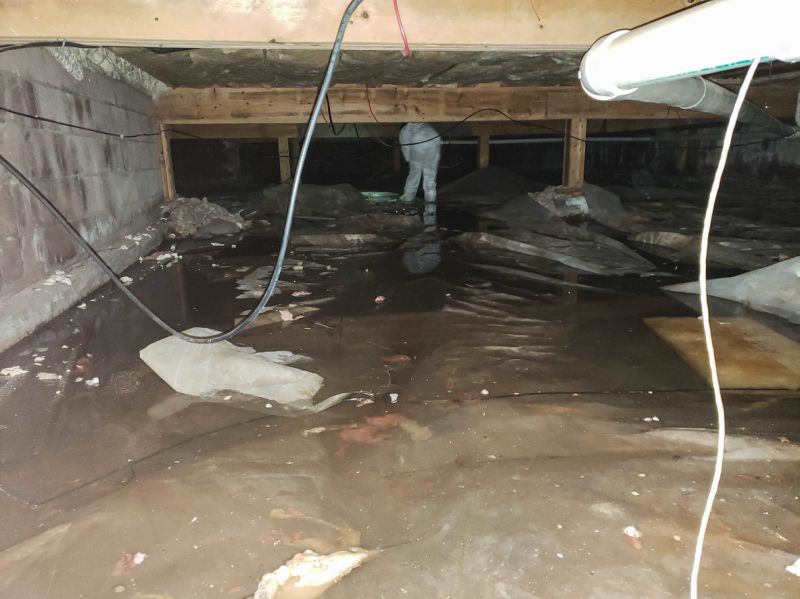
Ways to make Waterproofings work in tight or awkward layouts.
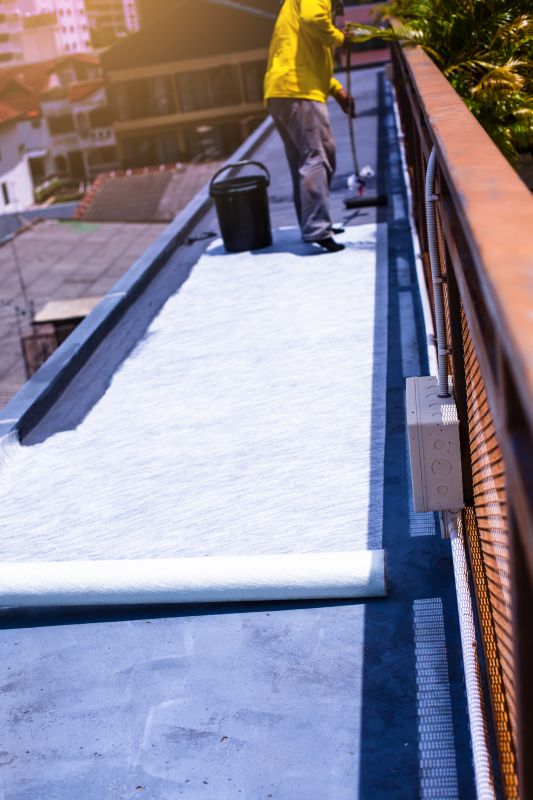
Popular materials for Waterproofings and why they hold up over time.
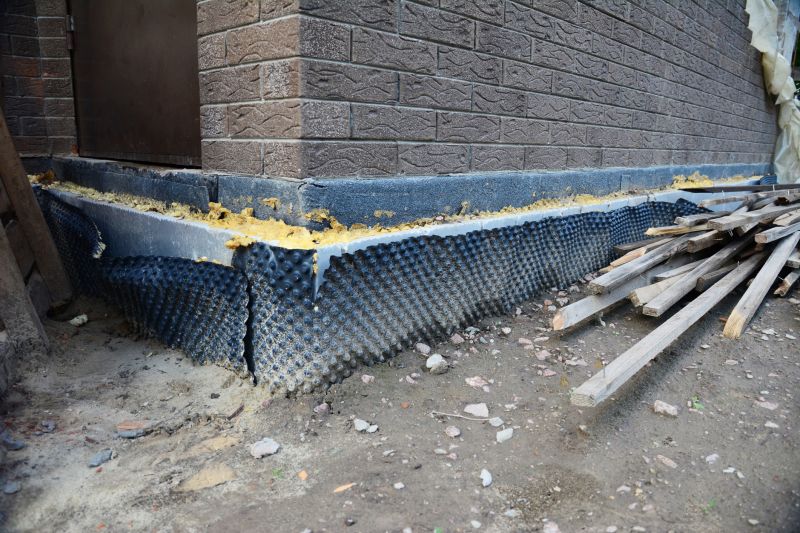
Simple add-ons that improve Waterproofings without blowing the budget.
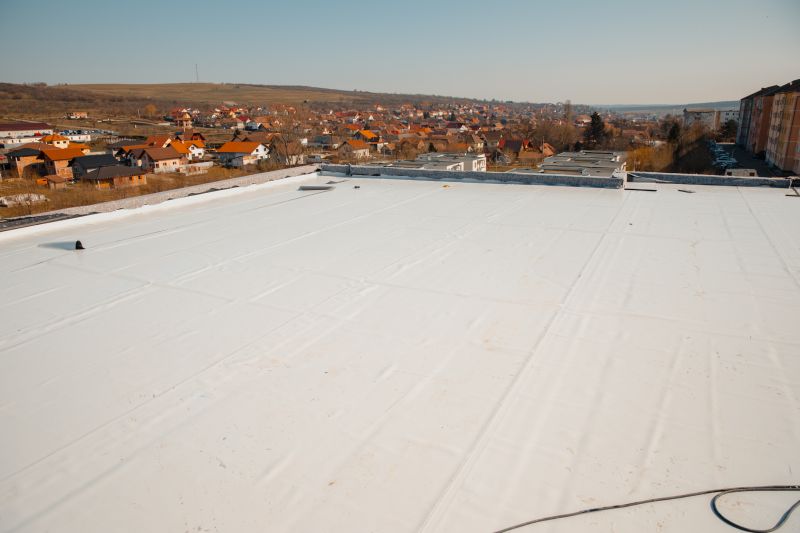
High-end options that actually feel worth it for Waterproofings.
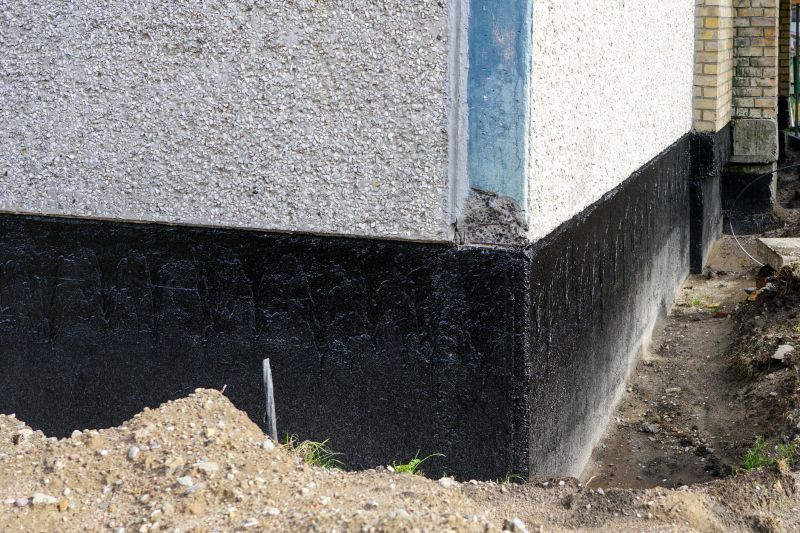
Finishes and colors that play nicely with Waterproofings.
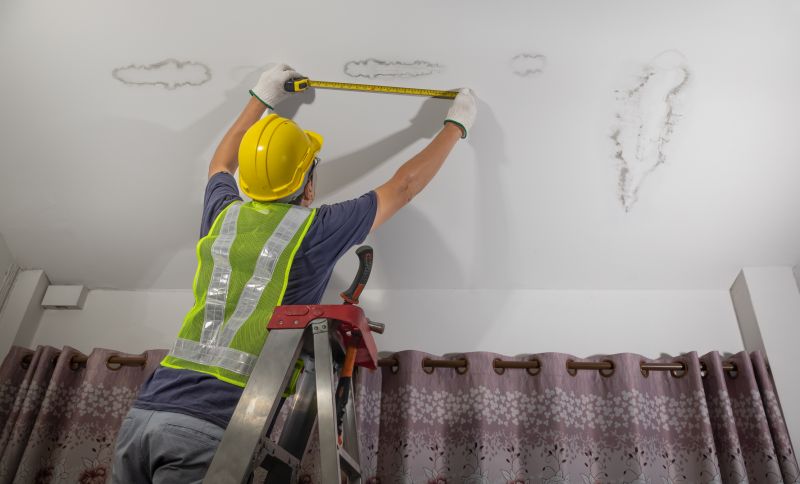
Little measurements that prevent headaches on Waterproofings day.
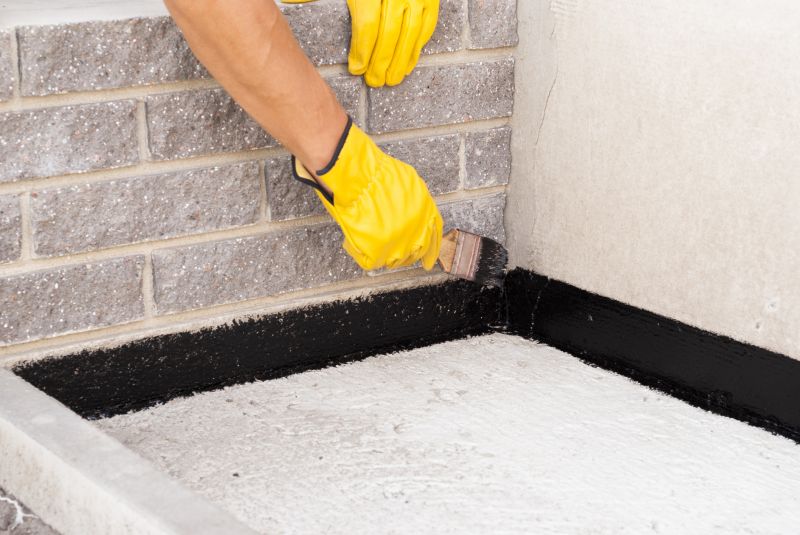
A 60-second routine that keeps Waterproofings looking new.
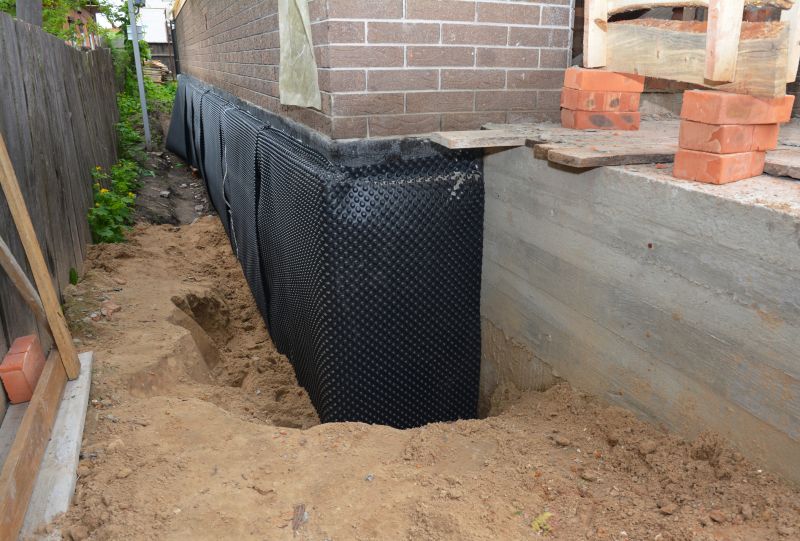
A frequent mistake in Waterproofings and how to dodge it.
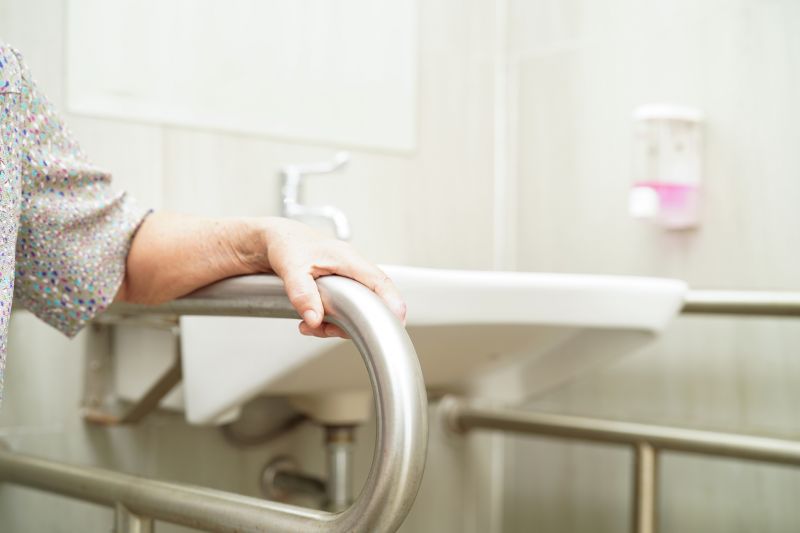
Small tweaks to make Waterproofings safer and easier to use.
| Season | Best Conditions for Waterproofing |
|---|---|
| Spring | Moderate temperatures, low humidity, dry days |
| Summer | Warm weather, but watch for high humidity and heat |
| Fall | Cooler temperatures, dry weather, before winter |
| Winter | Not recommended due to freezing temperatures |
Waterproofings are vital components in construction and renovation projects, providing a barrier against water ingress that can lead to structural damage and mold. They include various materials and techniques tailored to different surfaces and environments. Proper application during optimal weather conditions enhances durability and performance, ensuring long-term protection for buildings and infrastructure.
Statistics indicate that waterproofing failures are often linked to improper timing and application under unsuitable weather conditions. Investing in waterproofing during the right season can significantly extend the lifespan of a structure and reduce maintenance costs over time. It is recommended to schedule waterproofing projects during periods of stable, dry weather to maximize effectiveness.

Lower-waste or water-saving choices for Waterproofings.

The short, realistic tool list for quality Waterproofings.

Rough timing from prep to clean-up for Waterproofings.

Quick checks and paperwork to keep after Waterproofings.
For those interested in waterproofing services, filling out the contact form can provide guidance on scheduling projects during the most suitable seasons. Proper timing ensures optimal results and long-lasting protection against water damage.

